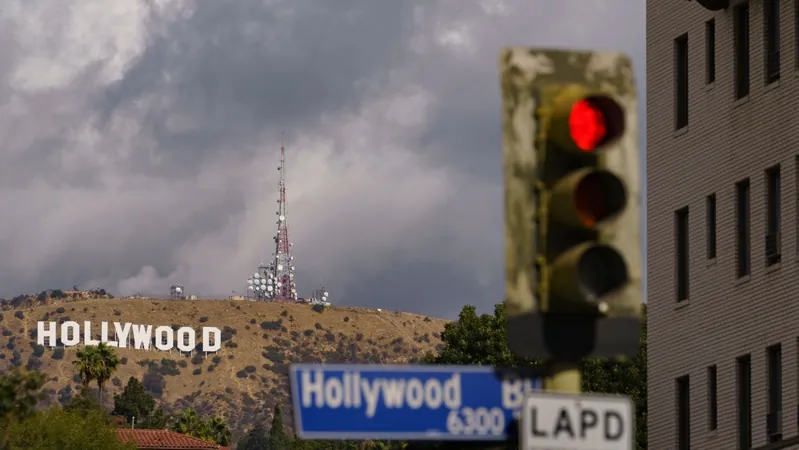
Shocking Findings: Rampant Violence in Today's Movie Dialogues Revealed
2024-12-30
Author: Emma
A groundbreaking study reveals an alarming trend in modern cinema: movie characters are increasingly obsessed with violence, and the frequency of violent language has surged over the past 50 years.
This eye-opening research, published as a research letter in JAMA Pediatrics, utilized machine learning techniques to analyze an extensive database of 166,534 film scripts, identifying the rise in the use of violent terms such as "murder" and "kill" in spoken dialogue.
The findings are startling. Researchers assert that the prevalence of "murderous verbs" has become a widespread phenomenon across all genres, indicating a growing public interest or a diminishing sensitivity towards violent portrayals on screen. Lead author Babak Fotouhi commented, "References to killing and murder in movie dialogue occur much more frequently than in real life and continue to escalate over time. This underscores how significantly violence permeates our cinematic experiences today."
In a surprising twist, the study also highlights an increase in the use of violent language by female characters. While men still dominate in this aspect, there is a notable rise in female characters uttering violent phrases, suggesting a shifting landscape in gender representation in film.
The discourse on gender disparity is further substantiated by past analyses, which indicate that male characters overwhelmingly account for the majority of dialogue in screenplays. A 2016 study found that, out of 2,000 scripts analyzed, many featured male characters dominating conversations, often discussing violent themes. Meanwhile, female dialogues tended to be more positive, yet far less frequent.
It's essential to note the methodology of the research. The scholars focused only on explicit usages of violent language, such as "She killed X," while excluding passive mentions. Although "deadly verbs" appeared in only seven percent of the films analyzed, researchers warn that this measure likely underrepresents the totality of violent expressions depicted in cinema.
The rising violence on screen mirrors broader trends in film content. Prior studies co-authored by researcher Brad Bushman indicate that gun violence in PG-13 films has tripled since the rating was introduced in the mid-1980s, now even surpassing violence in R-rated movies. The prevalence of violent imagery in films has more than doubled since 1950, raising questions about future industry standards and cultural shifts.
"As filmmakers vie for viewer attention, violence has become a key tool for engagement," said Fotouhi, pointing to the industry's reliance on shocking and graphic content as a way to draw audiences.
Despite this rise, the future remains uncertain. The researchers caution that we may not yet have reached a saturation point regarding violent content in films. As we move forward, it will be interesting to observe how these trends shape the cinematic landscape—will filmmakers continue to capitalize on violence, or will new narratives emerge as the public's tolerance for such content evolves?
Stay tuned as this crucial conversation about violence in cinema unfolds, and brace yourself for the potential upheaval in how films portray the human experience.
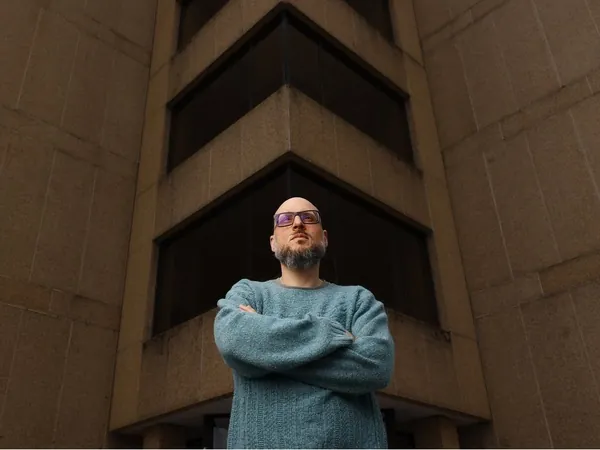
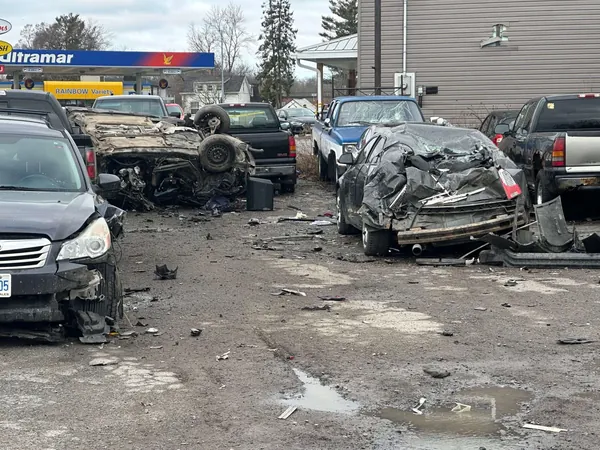



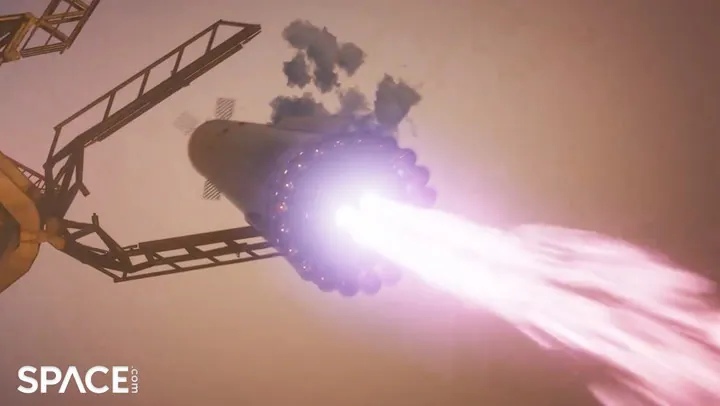

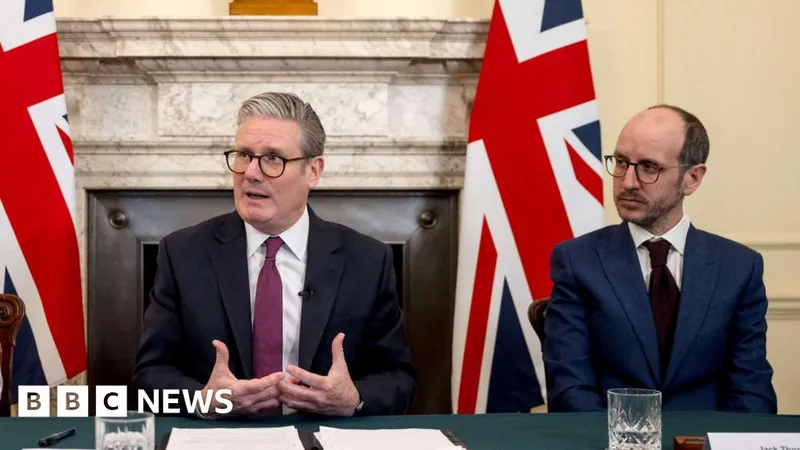
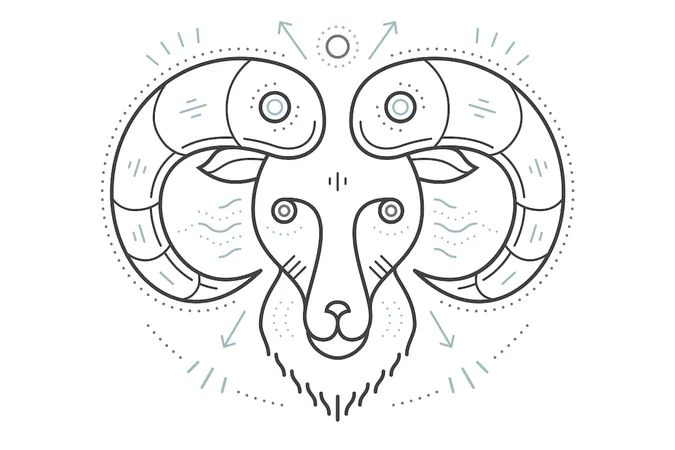
 Brasil (PT)
Brasil (PT)
 Canada (EN)
Canada (EN)
 Chile (ES)
Chile (ES)
 Česko (CS)
Česko (CS)
 대한민국 (KO)
대한민국 (KO)
 España (ES)
España (ES)
 France (FR)
France (FR)
 Hong Kong (EN)
Hong Kong (EN)
 Italia (IT)
Italia (IT)
 日本 (JA)
日本 (JA)
 Magyarország (HU)
Magyarország (HU)
 Norge (NO)
Norge (NO)
 Polska (PL)
Polska (PL)
 Schweiz (DE)
Schweiz (DE)
 Singapore (EN)
Singapore (EN)
 Sverige (SV)
Sverige (SV)
 Suomi (FI)
Suomi (FI)
 Türkiye (TR)
Türkiye (TR)
 الإمارات العربية المتحدة (AR)
الإمارات العربية المتحدة (AR)